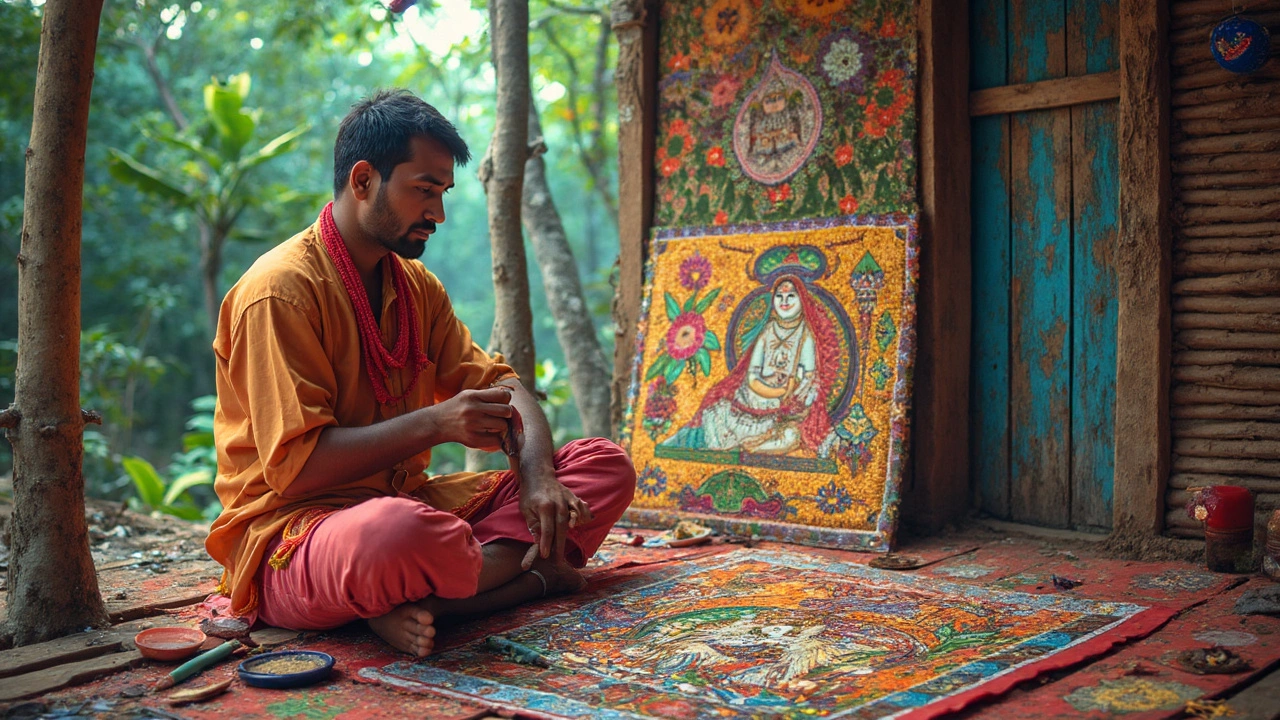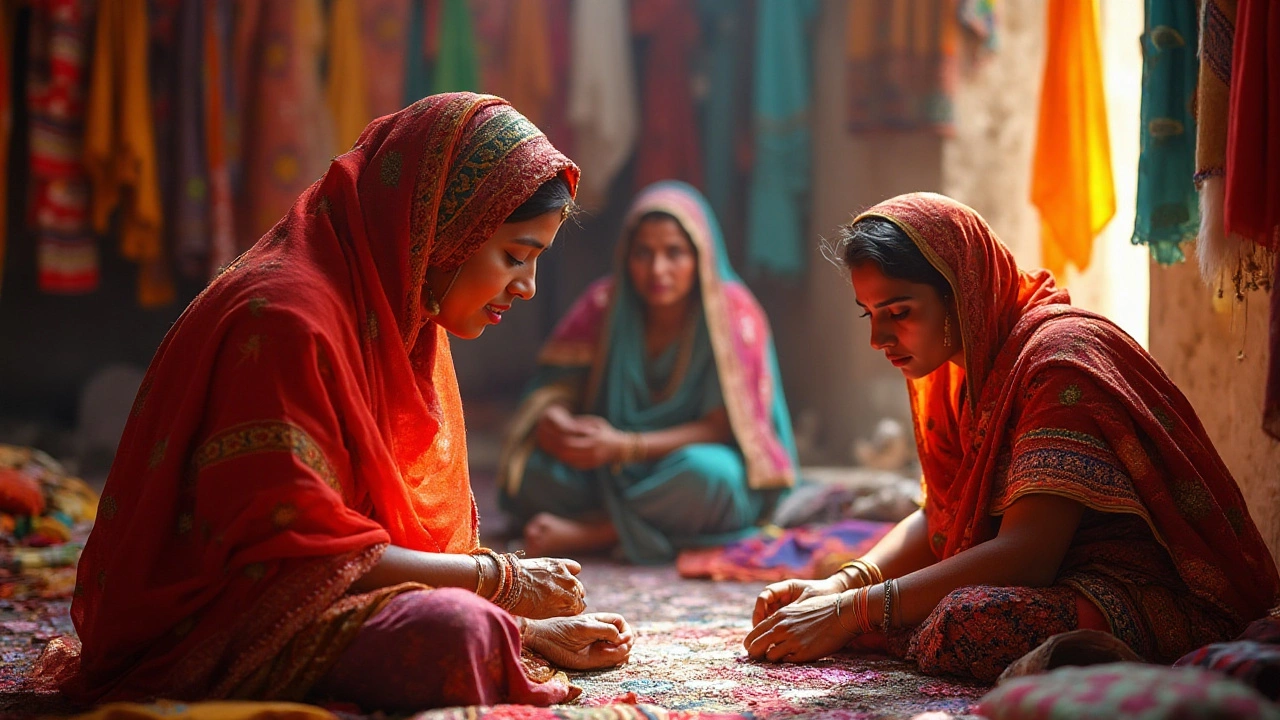Traditional Crafts: India’s Handcrafted Treasures
India’s traditional crafts are more than beautiful objects – they’re stories you can hold in your hand. Each piece carries the skill of generations, the rhythm of local life, and a splash of regional flavor. If you love real, handmade stuff, this guide will show you what to look for, why it matters, and where to find authentic pieces.
What Counts as a Traditional Craft?
Think of anything made by hand using techniques passed down over years. That includes fabrics woven on a loom, pottery fired in a kiln, wooden toys carved with a chisel, metal ornaments hammered into shape, and jewelry woven from beads or gold. The common thread is that the maker learns the skill from family or community, not from a factory line.
Every state has its own signature styles. In Rajasthan you’ll see block‑printed cotton and blue pottery; in West Bengal, intricate terracotta and kantha stitching; in Gujarat, mirror work embroidery and bright bandhani fabrics. These regional signatures help you spot the origin of a piece just by looking at its pattern or color.
Why Support Traditional Crafts?
Buying a handcrafted item does more than add a cool object to your shelf. It puts money straight into the hands of the artisan, keeping the skill alive and encouraging younger generations to learn the trade. When you choose authentic over mass‑produced, you also protect cultural heritage that could otherwise fade away.
Many crafts are also eco‑friendly. Artisans often use natural dyes, locally sourced materials, and low‑energy processes. That means a hand‑woven rug might have a smaller carbon footprint than a machine‑made carpet.
So, how can you make sure you’re getting the real deal? Here are a few practical tips:
- Look for a story. Reputable sellers share the maker’s name, the village, and the technique used.
- Check the details. Hand‑woven textiles show slight irregularities in the weave; hand‑carved wood has subtle variations that machines can’t duplicate.
- Ask about the material. Natural fibers like cotton, silk, or bamboo are common in traditional work, while synthetic blends may hint at a replica.
- Visit local markets. Places like Delhi’s Chandni Chowk, Jaipur’s Bapu Bazaar, or Kolkata’s New Market host artisans who can demonstrate their craft on the spot.
If you’re shopping online, look for certifications such as "Handloom" or "Geographical Indication" tags. These labels are a quick way to filter authentic products.
Got a piece you love and want to care for it right? Most traditional items need gentle handling. Hand‑loomed scarves should be washed in cold water, dried flat, and stored away from direct sunlight. Clay pots benefit from a light wipe with a dry cloth; avoid harsh detergents that can strip natural finishes.
Finally, think about where you’ll display your new treasure. A hand‑painted wall hanging looks great in a living room, while a set of brass bells makes a soothing addition to a meditation space. Pairing the item with its cultural context—like playing regional music while you admire a Punjabi phulkari—enhances the experience.
Traditional crafts keep Indian culture alive, one stitch, one turn of the wheel, one chisel blow at a time. By choosing authentic pieces, you become part of that story. So next time you’re out shopping, ask yourself: do I want a mass‑made copy, or do I want a piece that carries a living legacy? The answer will guide you to the best finds and help the artisans keep creating for years to come.

